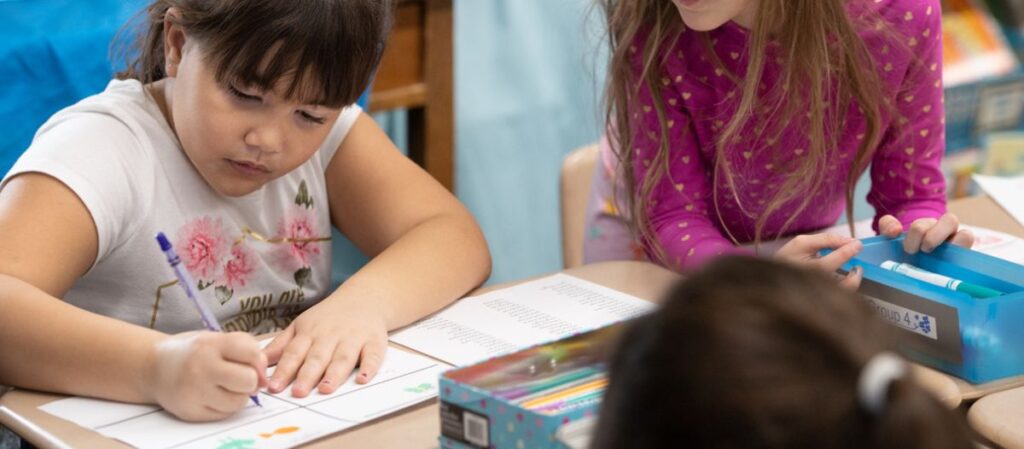
Self-assessment helps students monitor and evaluate their own work and identify ways to improve their learning. Teaching self-assessment helps give our students the true gifts of education: both the recognition that they can grow and change and an innate desire to do so.
Self-assessment is closely tied to goal-setting, which begins with learners realistically assessing where they are and then deciding on a meaningful and attainable goal they want to reach. As students work toward that goal, periodic self-assessments can help them know if they are on the right track or if they need to adjust course or even refine their goal.
This goal-related self-assessment is formative. It provides information to help students make adjustments through the process of forming their skills and understanding. This kind of self-assessment can be as simple as having students consult a checklist of expectations as they work on a project or reflect to themselves on what they learned after a lesson or activity.
Tip: Students can only be reminded of what they already know, so be sure your checklists contain items that you’ve already introduced to them.
Tip: Rubrics should provide students with important guidelines without constraining creativity. Make sure the criteria you put on a rubric allow students the latitude to make choices in their learning and bring their own voice into their work.
Students need to develop their ability to think critically about the work they are doing in order to be effective with self-assessment. To help students learn and practice these critical thinking skills, build time for reflection throughout a lesson or activity.
You can use reflection along with checklists and rubrics. Asking open-ended questions, such as “What is one piece of your draft that you think meets the top criteria in the rubric? What is one thing you’d like to revise?” can enhance a student’s initial self-assessment with a rubric or checklist.
You can also add structure to self-assessment reflections by trying out the Responsive Classroom resources 3-2-1 Reflection and Geometric Forms.
Student self-assessment does not replace teacher assessments and feedback. As an additional classroom tool, self-assessments help students begin to recognize for themselves what they know, what they don’t know, and what they want to know. They become aware of their own strengths and challenges and more familiar with their beliefs and misconceptions. When students know themselves better, their learning deepens. They’re more apt to set higher goals for themselves, become more self-motivated, and demonstrate more perseverance toward reaching their goals. In other words, they become engaged learners.
Kristen Vincent is the coauthor of The Joyful Classroom: Practical Ways to Engage and Challenge Elementary Students.